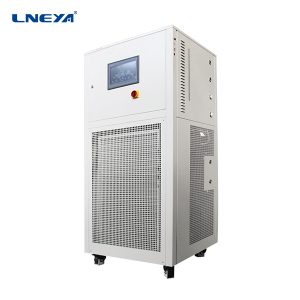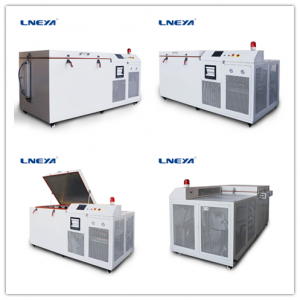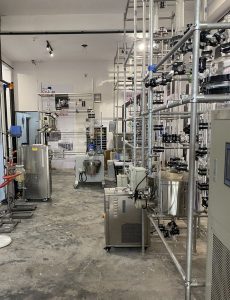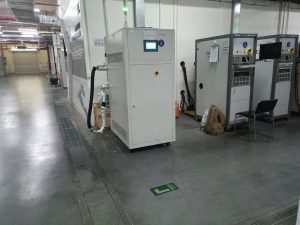What are the conditions for the decarboxylation reaction? How to control the temperature of heating?
The decarboxylation of aromatic acids is easier than that of fatty acids. For example, benzoic acid can be decarboxylated by adding a little copper powder as a catalyst in quinoline solution and heating.
When a strong electron-withdrawing group is attached to the α-C of the carboxylic acid, heating can make it decarboxylate more smoothly. For example: when the ortho-diaromatic organic acid is heated, it is easy to remove a carboxyl group, but when the temperature is low, an acid anhydride will be formed. When different polycarboxylic acids are heated, according to the different activities, some are decarboxylated, some are dehydrated, some are decarboxylated and dehydrated again, dehydration above pimelic acid, and general decarboxylation below.
Fatty acid: This reaction is generally not used to prepare alkanes for general fatty acids, especially long-chain fatty acids, because the reaction temperature is too high, the yield is low, and it is not easy to separate. However, if the α-carbon atom of the fatty acid has an electron-withdrawing group such as nitro, halogen, carbonyl, cyano, etc., it makes decarboxylation easy and the yield is high, but their reaction processes are not exactly the same.
The general decarboxylation reaction does not require a special catalyst, but is carried out under the following conditions: (1) heating; (2) alkaline conditions; (3) coexistence of heating and alkaline conditions. The most commonly used decarboxylation method is to heat the sodium salt of carboxylic acid with soda lime (CaO + NaOH) or solid sodium hydroxide, and a decarboxylation reaction occurs, that is, -COONa is replaced by an H atom to generate a carbon atom less than the sodium salt of carboxylic acid alkanes.
It can be seen that no matter the decarboxylation reaction of any substance, it is necessary to carry out temperature heating control during the reaction process. Specializing in the production and development of heating systems, the temperature control range is 50 degrees to 300 degrees, which is suitable for the needs of various process production and experimental use in pharmaceutical and chemical enterprises. It can realize high temperature cooling process, directly cooling from high temperature of 300 degrees to 50 degrees. Equipped with a heating and cooling integrated container, the heat exchange area is large, the heating and cooling rate is fast, and the demand for heat transfer oil is small. The entire cycle of the product is closed, there is no oil mist volatilization at high temperature, and the heat transfer oil will not be oxidized and browned; it has the function of correcting the internal cycle temperature probe PT100, and has self-diagnosis and intelligent safety alarm. The equipment is equipped with a variety of safety protection functions such as high-voltage pressure switches, overload relays, and thermal protection devices to ensure the safety of your experiments and production.

관련 권장 사항
-
엘니야 반도체 고정밀 온도 제어 시스템 설명
1392Semiconductor high-precision temperature control systems are currently produced in the semiconductor industry with highly complex performance. Here is a description of the semiconductor high-precision temperature control system. Along with large-s...
세부 정보 보기 -
Description of LNEYA industrial ultra-low temperature freezer
1311LNEYA industrial ultra-low temperature freezer is mainly used in industrial cold treatment to precipitate uniform, fine and dispersed carbides on the metal structure matrix. The appearance of such a carbide will bring about a significant increase ...
세부 정보 보기 -
온도와 화학 반응의 관계는 무엇인가요?
909The chemical reaction can produce more stable products, and then as the temperature is released, the energy before the component reaction is released. On the other hand, the components of the reaction may produce different products, depending on t...
세부 정보 보기 -
Is the temperature control equipment for semiconductor component testing a chiller?
933Semiconductor component testing temperature control equipment is used in the simulation test of the temperature performance of semiconductors, chips and other components, and conducts temperature tests in different temperature ranges within the ra...
세부 정보 보기
 LNEYA 산업용 냉각기 제조업체 공급 업체
LNEYA 산업용 냉각기 제조업체 공급 업체














